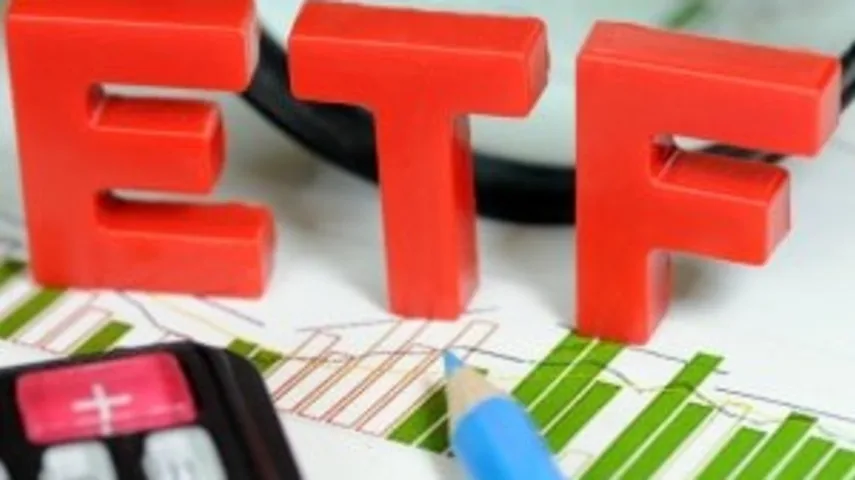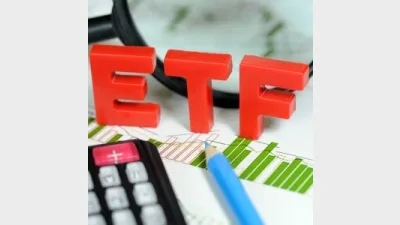Appeal for fixed income ETPs declines



There has been a diversity of returns from Australian fixed income exchange traded products (ETPs) over the first half of the year, as market share for that type of strategy declined significantly in favour of equities.
According to VanEck, the market share of fixed income ETPs declined from 30% in the first half of 2019 to just 3% in the first half of 2020. Total inflows to the Australian fixed income sector were $202 million during the six-month period compared to $3.6 billion for Australian equities.
Data from FE Analytics, within the Australian Core Strategies universe, shows there were nine funds in the Australian Bond sector which described themselves of ETFs. These included funds from BetaShares, BlackRock, Russell Investments and VanEck.
The best-performing of these over the first half of 2020 was the BetaShares Australian Government Bond ETF which returned 5.1%.
At the bottom was the VanEck Vectors Australian Subordinated Debt ETF which was hit hard in the March market downturn and lost 1% in the first half of the year.
The wider Australian bond sector, which also includes active fixed income funds, returned 2.5% in the six months to 30 June.
Recommended for you
Evidentia’s chief investment strategist Nathan Lim has announced his retirement after a 30-year career.
GQG Partners has marked its fifth consecutive month of outflows as its AI concerns lead to fund underperformance but overall funds under management increased to US$166.1 billion.
Apostle Funds Management is actively pursuing further partnerships in Asia and Europe but finding a suitable manager is a “needle in a haystack”.
Managed account provider Trellia Wealth Partners, formed from the merger between Betashares and InvestSense, has appointed its first managing partner.












